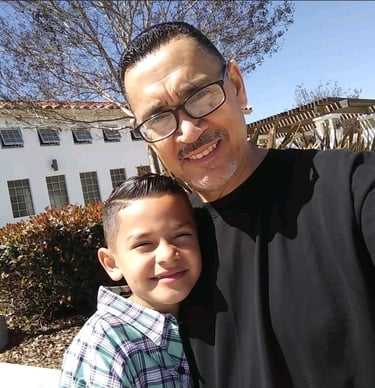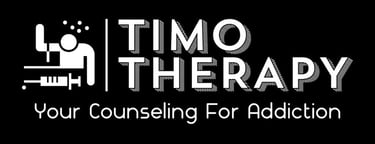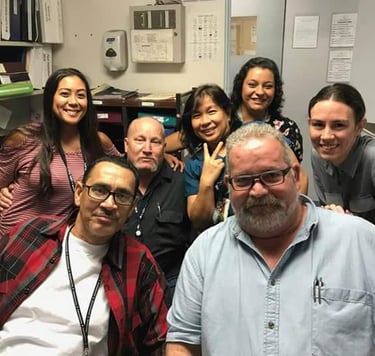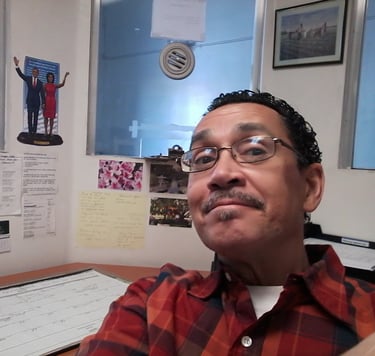Addiction and the Law: How the Justice System Fails (and Sometimes Saves) Addicts
The justice system often punishes addiction rather than treating it. Explore how outdated laws, mandatory sentencing, and incarceration hurt addicts—and how real change is possible through drug courts, diversion programs, and treatment-focused legal reforms.
LEGAL & SOCIAL ISSUES
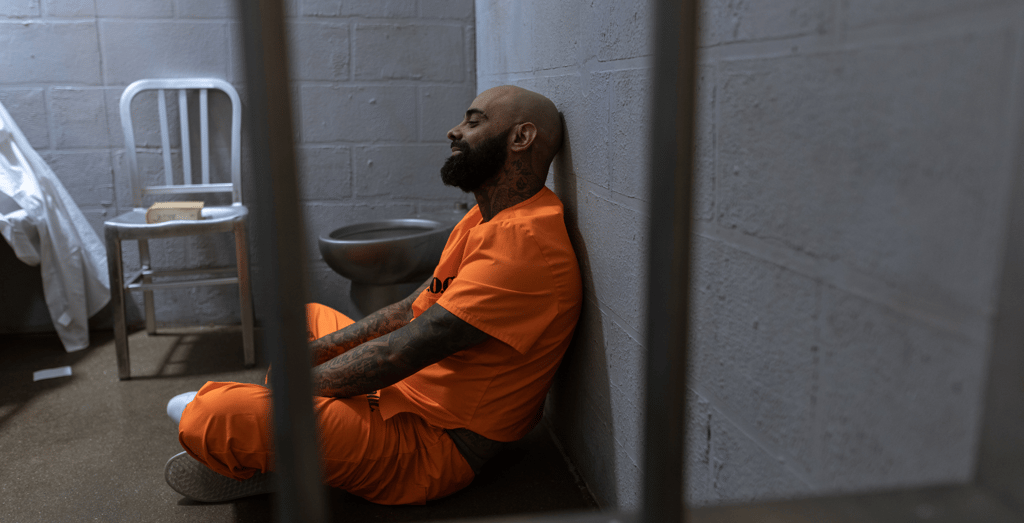

An Overview
For millions of addicts and alcoholics, the first serious consequence of their disease isn't treatment — it's jail.
Behind bars across America, you’ll find a staggering number of people who aren't violent criminals... but sick individuals suffering from substance use disorders. And while handcuffs and courtrooms may force a temporary pause in the chaos, they rarely offer a real path toward recovery.
The truth is harsh: the American justice system often fails addicts, punishing symptoms of a disease instead of treating the disease itself.
And yet — in some cases, the system can also become the first door to real hope.
The question is: why are we still getting it so wrong, and how can we do better?
A Country That Criminalized Addiction
For decades, America treated drug addiction as a moral failing instead of a medical crisis.
In the 1970s, the "War on Drugs" launched policies that cracked down harshly on drug possession and use — especially in marginalized communities.
Instead of offering treatment, the justice system handed out mandatory minimum sentences. Instead of asking why someone was using, it labeled them a "criminal."
Today, even though science clearly defines addiction as a chronic brain disorder (recognized by the American Medical Association since 1987), many laws still reflect the old belief that drug and alcohol addicts simply need to be punished into changing.
Here’s a reality check:
According to the Bureau of Justice Statistics, around 65% of the U.S. prison population meets the criteria for substance use disorder.
Over 80% were either high at the time of their offense, committed it to get drugs, or were arrested for drug-related crimes.
Yet only 11% of inmates with substance abuse problems actually receive treatment while incarcerated.
We're locking up the symptom — and ignoring the cause.
Why Jail Doesn’t Treat Addiction
At first glance, incarceration seems like it might help. After all, forced sobriety could be a good thing, right?
Unfortunately, the data — and the outcomes — tell a different story.
Sobriety behind bars is not the same as recovery.
Detoxing in jail without medical supervision can be deadly, especially for alcoholics and opioid addicts. And even when detox is survived, no true treatment or therapy is usually offered. Addicts are left to “white knuckle” their way through sentences, with no real understanding of their disease, triggers, or how to rebuild a sober life.
Worse, after release:
The risk of overdose deaths skyrockets — especially in the first two weeks.
(One study found ex-inmates are 129 times more likely to die of an overdose compared to the general public.)Addicts re-enter the same broken environments — with untreated trauma, untreated cravings, and untreated mental health issues.
It’s a vicious cycle: use → arrest → jail → release → relapse → re-arrest.
Without real intervention, incarceration becomes just another relapse — with more devastating consequences.
When the Law Helps: Drug Courts and Diversion Programs
Despite these failures, there are bright spots in the system — and they are changing lives.
Drug courts are one of the best examples.
Instead of automatically sending nonviolent drug offenders to jail, drug courts offer a different route:
Mandatory addiction treatment, frequent drug testing, intense supervision, and a real opportunity for recovery.
Participants are held accountable — but they’re also given resources, support, and a chance at transformation.
And the outcomes are promising:
According to the National Institute of Justice, drug courts reduce recidivism rates by up to 35% compared to traditional criminal justice approaches.
Participants are more likely to stay sober, find employment, and rebuild family relationships.
Similarly, diversion programs offer first-time or low-level offenders a chance to complete treatment or community service instead of serving time.
The idea is simple: intervene early before addiction hardens into a lifetime of criminal behavior.
These programs aren’t soft on crime — they’re smart on addiction.
Why Don’t We See More of These Programs?
The barriers are frustratingly familiar:
Cost and funding challenges: Setting up drug courts and diversion programs requires upfront investment, even though they save money long-term.
Political resistance: Tough-on-crime messaging still wins votes in many places, even when it’s outdated and ineffective.
Stigma: Many people — including those in power — still view addiction as a choice rather than an illness, making them reluctant to offer "second chances."
Until public perception shifts more widely, treatment-based justice will remain the exception rather than the rule.
But there’s hope:
As overdose deaths continue to climb and the opioid epidemic touches more families personally, voters are increasingly demanding smarter, more compassionate solutions.
The Family’s Role in Legal Outcomes
If you’re a family member of an addict, the legal system can feel terrifying.
You may wonder:
Should I bail them out?
Should I hire a lawyer?
Should I let them sit in jail to “learn a lesson”?
There are no easy answers. Every situation is different. But here are some things to consider:
Sometimes, jail is the first serious consequence an addict faces — and consequences often create windows of willingness for change.
Bailing someone out without a clear recovery plan often just resets the cycle.
Pushing for court-ordered treatment can be one of the most loving (and lifesaving) choices you make.
It’s not about being punitive. It’s about breaking through denial.
If your loved one faces charges, consider working with their attorney to advocate for diversion or drug court options. Push for treatment over punishment when possible.
You can’t save them from the consequences of addiction.
But you can help point them toward the possibility of recovery.
Final Thoughts: Justice That Heals, Not Hurts
Addiction is already a life sentence for too many people. They carry chains of shame, trauma, fear, and chemical dependency long before they ever wear prison shackles.
The law should not deepen those wounds. It should offer a ladder out.
Jail, without treatment, is rarely the wake-up call we think it is.
Real recovery comes from dignity, accountability, medical support, and community.
If we want to change the future for addicts — and for families torn apart by addiction —
we must demand a justice system that treats addiction as the illness it is, not as a crime that deserves only cages.
Because behind every case file is a real human being: scared, sick, and — just maybe — still salvageable.
